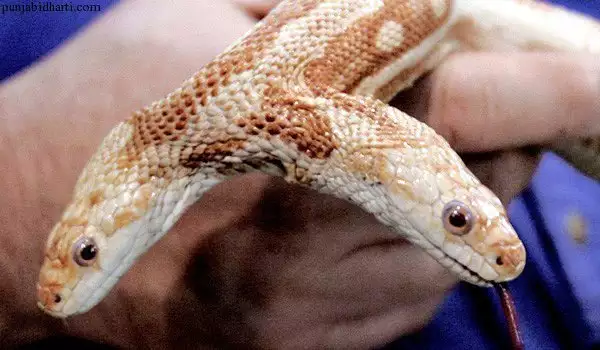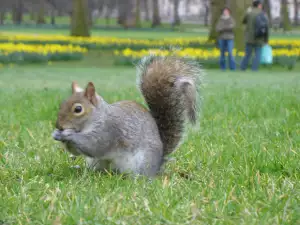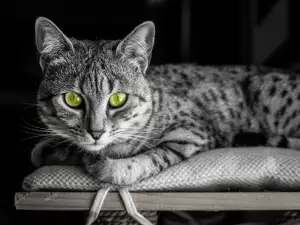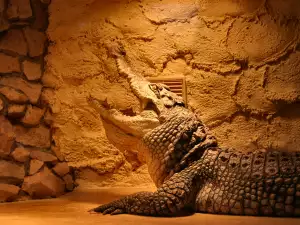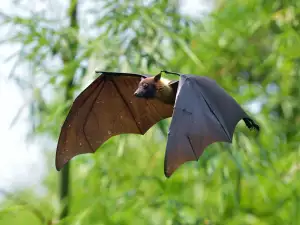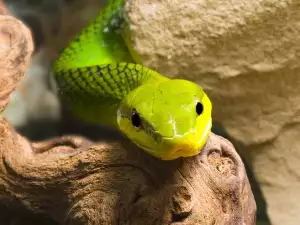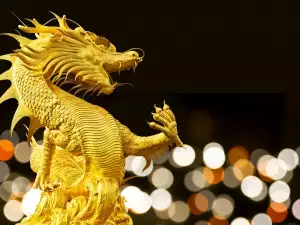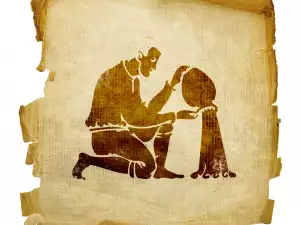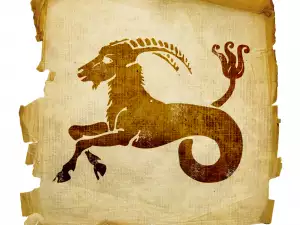An Indian man from the region of West Bengal managed to snap photos of an unusual 2-headed snake with the camera on his phone, which appeared by his house a few days ago.
The owner of the house, Apurba Ghosh, explained that when he came out of his house he heard a rustling in the nearby bushes. Curious as to what was causing the sound, the man peered in the bushes and witnessed an extraordinary creation of mother nature - a snake with 2 heads.
Ghosh immediately pulled out his phone and managed to take a few pictures of the phenomenon.
After he circulated the pictures of the uncommon reptile, the Indian man explained that visitors to the Indian village had increased.
Fortunately, a 2-headed snake is not poisonous and is of the species of reptiles that are not harmful to humans.
The snake inhabits the city of Burdwan in West Bengal, which is famous throughout all of India for its wide variety of snakes. In this area, the famous king cobra can also be seen.
In India, snakes are highly worshiped, since they are included in many religious movements and cults. Indian people bow down to snakes because they believe they will bring them luck and happiness.
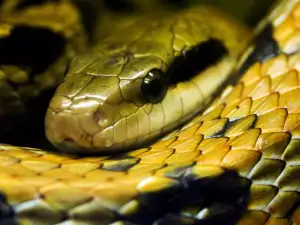
In ancient Indian beliefs, it is stated that the Earth is held together by 5-headed cobra, called Shesha.
The cult of the snake in India dates back to 5000 years ago. The legends go that the reptiles ruled over the Valley of Kashmir, while it was still an endless swamp.
Indian people believe that the snake represents eternal motion and is a guardian of the home. That is why they put the sign of the snake on both sides of the door to their home.
Killing a snake is a horrendous sin and it is believed that if a woman cannot get pregnant, she must have killed a snake in a past life. In order to receive forgiveness, the woman must pray to the stone image of the reptile.
In India, it is considered a good omen and incredible luck to find the skin of a snake.
In July-August in India, they celebrate the festival of the snake. No one goes to work then and the festivities begin at dawn. People stick images of snakes on the doors to their homes. Then, they go to a temple, where they take part in a washing ritual.
